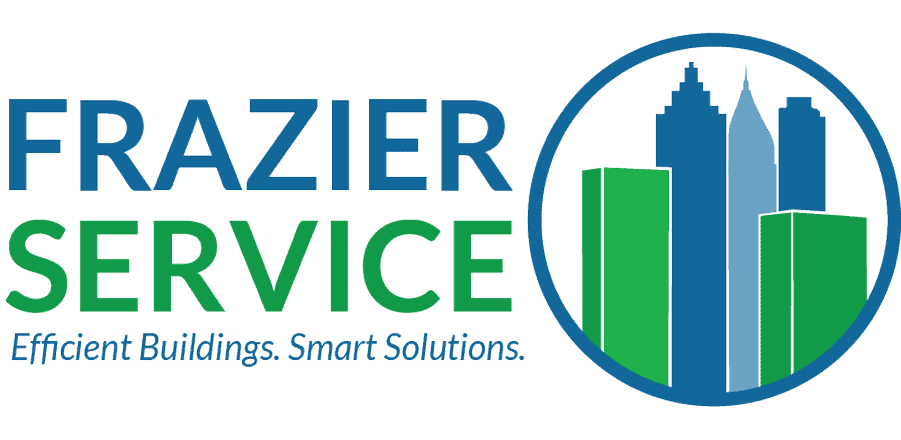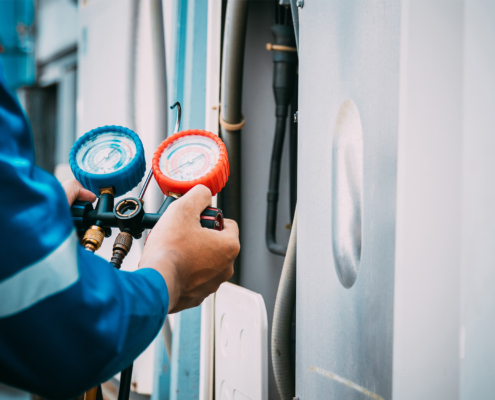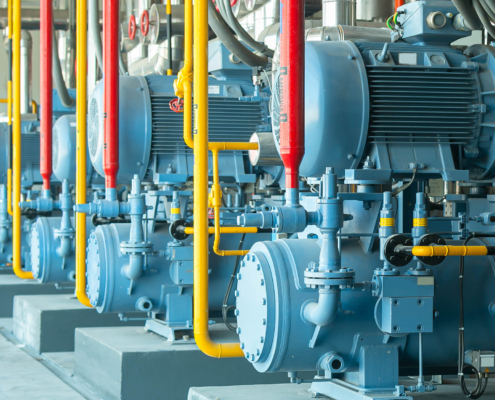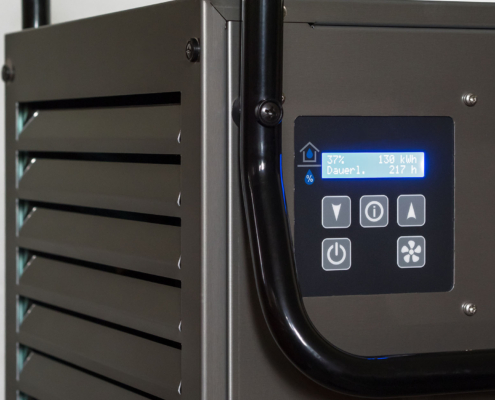Commercial HVAC control systems are the brains behind a building’s climate management. These systems regulate heating, ventilation, and air conditioning (HVAC) equipment to maintain optimal indoor conditions using data they gather about temperature, humidity, and air quality.
However, HVAC control systems are major energy consumers in commercial buildings, often accounting for a significant portion of total energy usage. Inefficient operation can lead to substantial energy waste and increased costs.
Here’s a look at the various mechanisms that make up a control system:
- Thermostats: These devices sense the indoor temperature and send signals to the HVAC system to turn on or off heating or cooling as needed.
- Sensors: Additional sensors monitor humidity, air quality, and occupancy levels to provide data for precise control.
- Controllers: These components process information from sensors and make decisions about equipment operation, such as fan speed, damper position, and equipment staging.
- Actuators: These devices carry out control commands by operating valves, dampers, and other HVAC components.
It’s important to understand your HVAC control system so you can make informed decisions about optimizing it for maximum energy efficiency and occupant comfort. Let’s take a look at those benefits and more in more detail.













